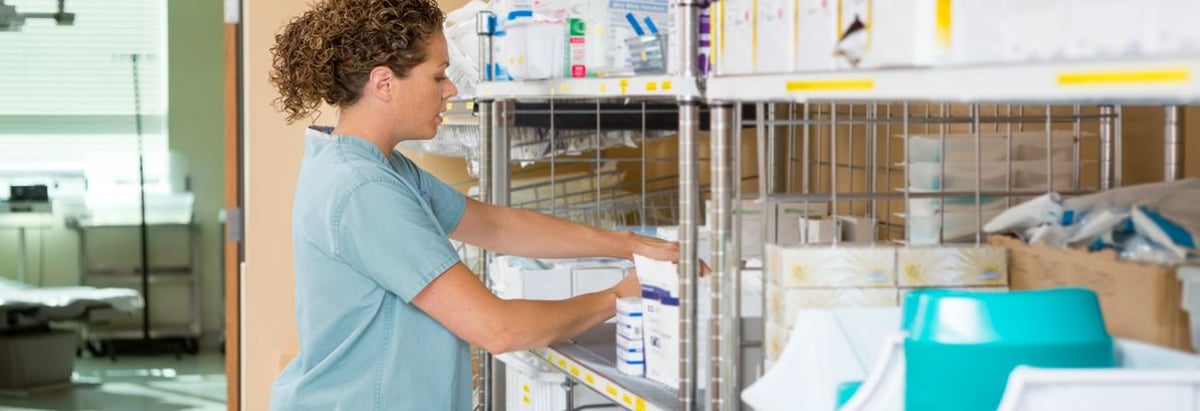Stock Analysis
- South Korea
- /
- Medical Equipment
- /
- KOSDAQ:A099430
Bio Plus (KOSDAQ:099430) Is Reinvesting At Lower Rates Of Return

If we want to find a stock that could multiply over the long term, what are the underlying trends we should look for? In a perfect world, we'd like to see a company investing more capital into its business and ideally the returns earned from that capital are also increasing. This shows us that it's a compounding machine, able to continually reinvest its earnings back into the business and generate higher returns. However, after briefly looking over the numbers, we don't think Bio Plus (KOSDAQ:099430) has the makings of a multi-bagger going forward, but let's have a look at why that may be.
What Is Return On Capital Employed (ROCE)?
For those that aren't sure what ROCE is, it measures the amount of pre-tax profits a company can generate from the capital employed in its business. To calculate this metric for Bio Plus, this is the formula:
Return on Capital Employed = Earnings Before Interest and Tax (EBIT) ÷ (Total Assets - Current Liabilities)
0.10 = ₩16b ÷ (₩248b - ₩94b) (Based on the trailing twelve months to September 2024).
Thus, Bio Plus has an ROCE of 10%. On its own, that's a standard return, however it's much better than the 8.5% generated by the Medical Equipment industry.
View our latest analysis for Bio Plus
While the past is not representative of the future, it can be helpful to know how a company has performed historically, which is why we have this chart above. If you're interested in investigating Bio Plus' past further, check out this free graph covering Bio Plus' past earnings, revenue and cash flow.
What The Trend Of ROCE Can Tell Us
We weren't thrilled with the trend because Bio Plus' ROCE has reduced by 69% over the last five years, while the business employed 835% more capital. That being said, Bio Plus raised some capital prior to their latest results being released, so that could partly explain the increase in capital employed. It's unlikely that all of the funds raised have been put to work yet, so as a consequence Bio Plus might not have received a full period of earnings contribution from it.
On a side note, Bio Plus' current liabilities have increased over the last five years to 38% of total assets, effectively distorting the ROCE to some degree. Without this increase, it's likely that ROCE would be even lower than 10%. While the ratio isn't currently too high, it's worth keeping an eye on this because if it gets particularly high, the business could then face some new elements of risk.
In Conclusion...
In summary, we're somewhat concerned by Bio Plus' diminishing returns on increasing amounts of capital. Investors must expect better things on the horizon though because the stock has risen 13% in the last three years. Regardless, we don't like the trends as they are and if they persist, we think you might find better investments elsewhere.
One more thing: We've identified 2 warning signs with Bio Plus (at least 1 which shouldn't be ignored) , and understanding them would certainly be useful.
For those who like to invest in solid companies, check out this free list of companies with solid balance sheets and high returns on equity.
Valuation is complex, but we're here to simplify it.
Discover if Bio Plus might be undervalued or overvalued with our detailed analysis, featuring fair value estimates, potential risks, dividends, insider trades, and its financial condition.
Access Free AnalysisHave feedback on this article? Concerned about the content? Get in touch with us directly. Alternatively, email editorial-team (at) simplywallst.com.
This article by Simply Wall St is general in nature. We provide commentary based on historical data and analyst forecasts only using an unbiased methodology and our articles are not intended to be financial advice. It does not constitute a recommendation to buy or sell any stock, and does not take account of your objectives, or your financial situation. We aim to bring you long-term focused analysis driven by fundamental data. Note that our analysis may not factor in the latest price-sensitive company announcements or qualitative material. Simply Wall St has no position in any stocks mentioned.
About KOSDAQ:A099430
Bio Plus
Engages in the research and development, production, and sale of bio products in South Korea.

